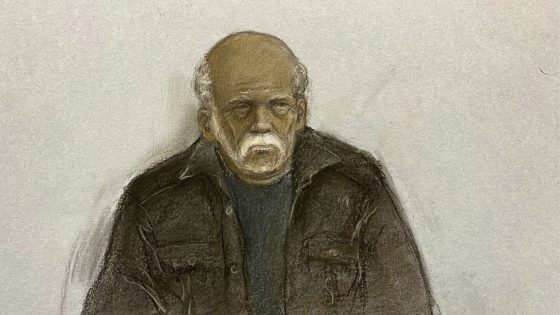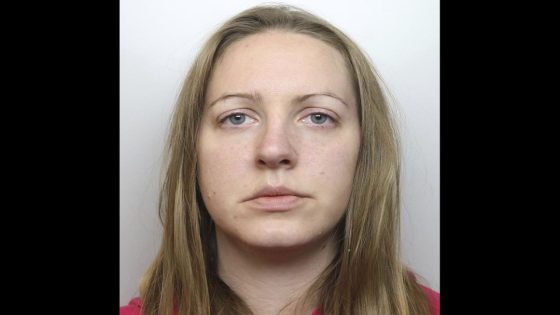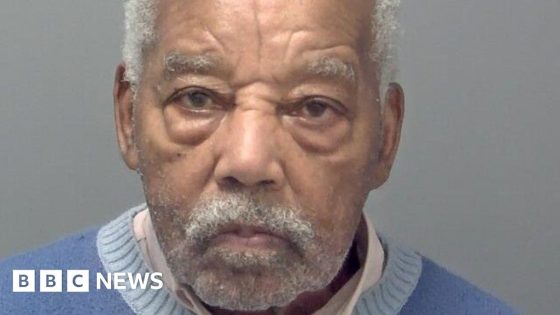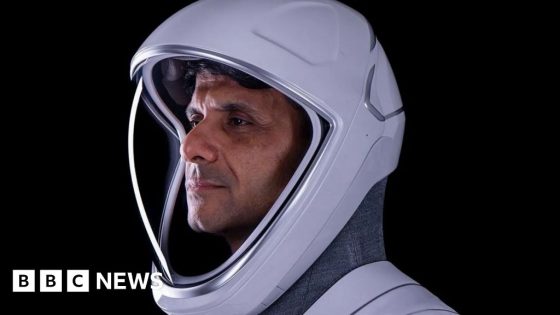In a shocking turn of events, Ryland Headley, a 92-year-old former railway worker, was sentenced to life in prison for the murder of Louisa Dunne, marking a significant moment in U.K. legal history. This case, which saw justice served more than 56 years after the crime, underscores the complexities of cold cases and the advancements in forensic science.
- Ryland Headley sentenced to life in prison.
- Murder occurred in 1967, victim Louisa Dunne.
- Longest time in U.K. between crime and conviction.
- Headley’s DNA linked to the crime in 2022.
- Victims' testimonies influenced the trial outcome.
- Family expressed ongoing pain from the murder.
Headley was found guilty of strangling Dunne, a 75-year-old widow, in her home in 1967. The sentence, delivered on July 1, 2025, highlights the long-awaited closure for Dunne’s family, who have lived with the pain of an unsolved murder for decades.
This case raises critical questions about how long justice can truly be delayed. How does society reconcile with such prolonged suffering? It reminds US of the importance of advancements in forensic technology, which can finally bring closure to victims’ families. Key points include:
- Headley’s DNA linked him to the crime decades later.
- The case emphasizes the emotional toll on victims’ families.
- Forensic advancements can solve cold cases long after the crime.
- Justice can be delayed, but it can still be served.
As we reflect on this landmark ruling, it is crucial to support ongoing advancements in forensic technology to ensure that justice is served swiftly and fairly for all victims.




























![[Adobe Stock]](https://news.faharas.net/wp-content/uploads/2025/07/Ketogenic-Diet-Boosts-Brain-Blood-Flow-by-22-and-BDNF-230x129.jpg)




